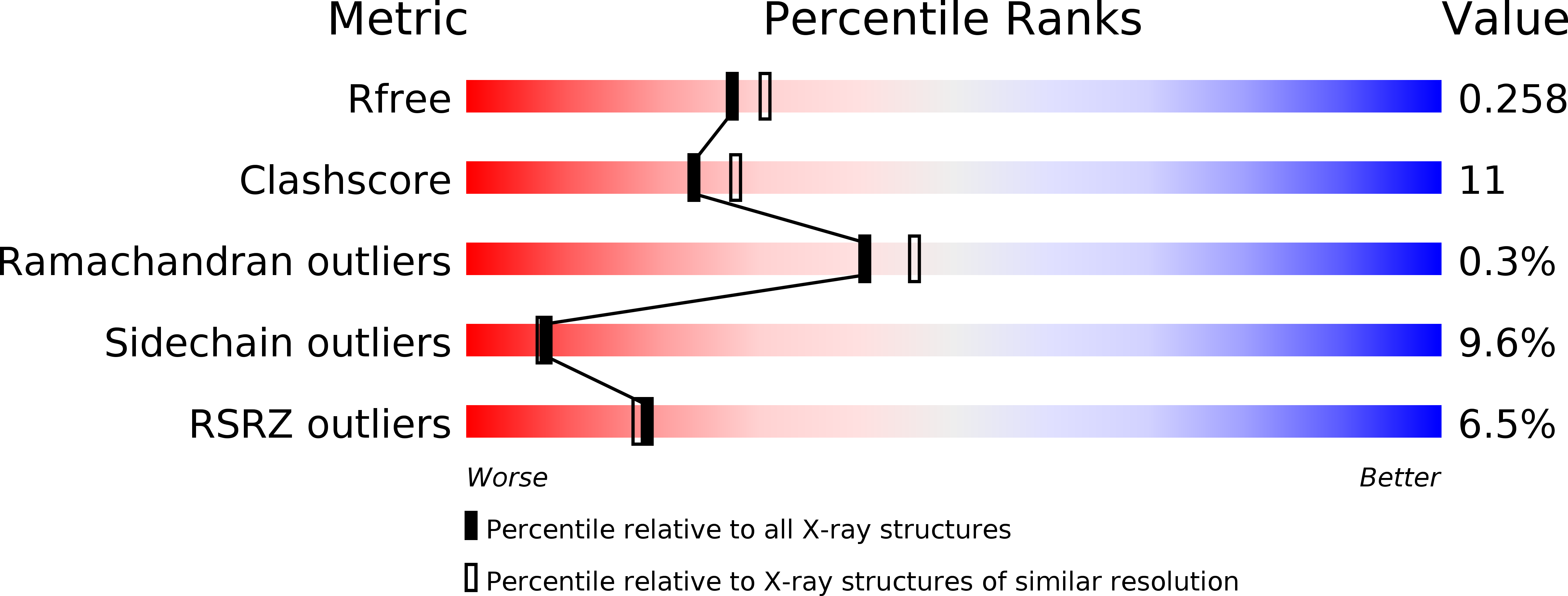
Deposition Date
2015-06-15
Release Date
2016-03-02
Last Version Date
2024-01-10
Entry Detail
PDB ID:
5A4X
Keywords:
Title:
The crystal structure of Arabidopsis thaliana CAR4 in complex with two calcium ions and Zn
Biological Source:
Source Organism:
ARABIDOPSIS THALIANA (Taxon ID: 3702)
Host Organism:
Method Details:
Experimental Method:
Resolution:
2.20 Å
R-Value Free:
0.26
R-Value Work:
0.22
R-Value Observed:
0.22
Space Group:
P 21 21 21


